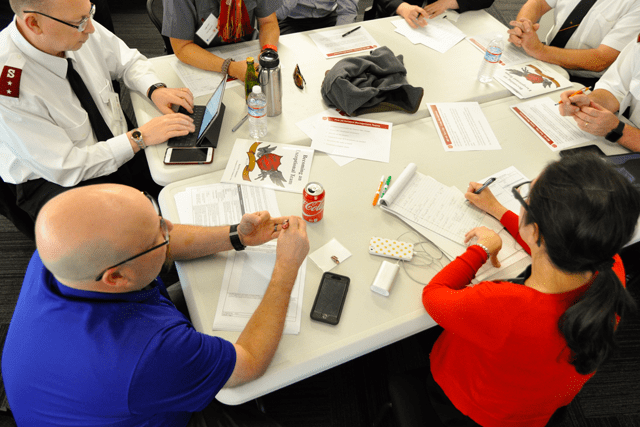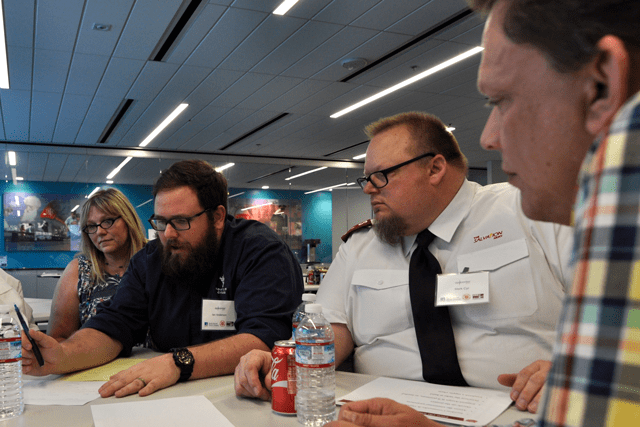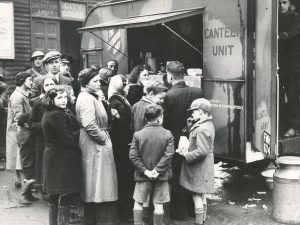Epicenter 2017 focuses on lessons learned during recent responses to major incidents and cooperation between response agencies.
By Sally Robb Haims –
One-hundred and eleven years ago on April 18, 1906, at 5:12 a.m., a 7.8 magnitude earthquake struck off the coast of Northern California, resulting in an estimated 3,000 deaths, approximately 300,000 people left homeless, and over 80 percent of San Francisco destroyed by the quake and fire.
The anniversary in April of the 1906 San Francisco earthquake is a vivid reminder that Northern Californians must prepare for the possibility of another great quake and other natural disasters. That’s why The Salvation Army Golden State Division launched the inaugural Epicenter 2017 Summit in an effort to bring together nearly 100 Salvation Army emergency leaders from across the country as well as agencies and faith-based organizations instrumental in responding to disasters to build relationships and share best practices.

“Much of emergency management is relationship management,” McKnight said. “When a disaster strikes, my phone will be ringing off the hook, so if I recognize your name and number, I’m going to pick up the call. Building connections prior to a crisis is key.”
The first day of the summit brought together non-governmental and faith-based organizations vital to facilitating donations management and mass care. Participants included Captain Terry Gordon, Chaplain, U.S. Navy Third Fleet, who has provided international humanitarian aid during several crises. “The power of faith-based organizations is unbelievable during incredible devastation,” he said.

On day two, emergency response and recovery planning experts from across California began the critical framework for how to approach care and shelter, mutual aid, and disaster recovery as a region. “Catastrophic events don’t stop at county lines,” said Francis Zamora, San Francisco Department of Emergency Management.
According to the U.S. Geological Survey (USGS), in the next 30 years there is a 63 percent probability of at least one magnitude 6.7 earthquake along one of the area’s seven main fault systems, including the San Andreas and Hayward faults. Epicenter participants received a first look at a new model still in development by USGS on how an earthquake on the Hayward fault could impact the entire Bay Area.
“Being prepared for natural disasters and emergencies is critical for PG&E, and equally important for our customers,” said Evermary Hickey, Director of Emergency Preparedness & Response for PG&E, the event’s sponsor. “We’re proud to partner with The Salvation Army on this event that brings together the key people who will help our teams respond the next time a disaster strikes.”
Listen to this article












